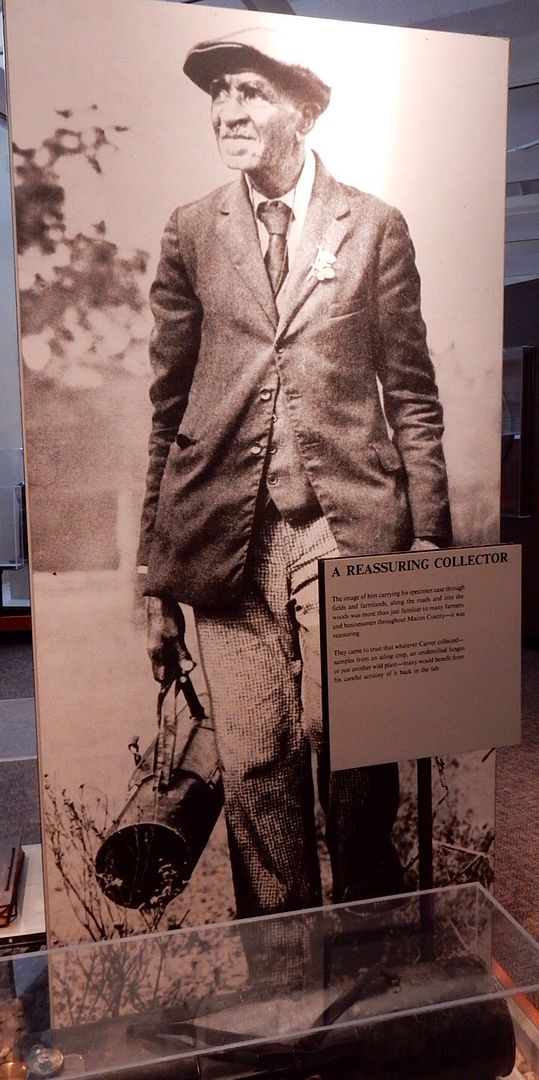The school was founded in 1881 by a former slave, Lewis Adams, who originally named it "Normal School for Colored Teachers at Tuskegee." The name was changed to Tuskegee Normal and Industrial School 10 years later. (It was named Tuskegee Institute in 1937 and became Tuskegee University in 1985). With the help of a former slave owner, George Campbell, Adams found the young, ambitious, teacher, Booker T. Washington. Washington combined the original vision to train teachers, to include teaching carpentry, bricklaying, printing, and many other trades with goal to improve the overall conditions of African Americans.
Washington also strove to make the school as self-sufficient as possible. Students grew their own food; made bricks and nails to build structures designed by faculty architects. They were uniforms, attended church daily, and were instructed in social graces. The school quickly became a showcase for talents of the students gaining benefactors like Andrew Carnegie and John D. Rockefeller. Many of the early buildings built in the early years are still in use today.
The Oaks, Booker T. Washington's home, was built in 1899 by the students with support from the faculty. They designed the house, used materials they made (bricks, nails) to build it, crafted furniture, and installed state-of-the art steam heating, plumbing, and electricity. Tours of the house start at the George Washington Carver Museum on campus.
Booker T. Washington held the first Tuskegee Negro Conference to teach progressive agriculture methods in 1892. Most African Americans of the time were barely surviving by farming worn out, depleted soil. He recruited George Washington Carver who was teaching at Iowa State College to head up the school's agricultural department in 1896. A "Movable School" was established by Carver in 1906 in a Jessup Wagon that was equipped with machinery and supplies for training farmers on their farms.
The George Washington Carver University is the primary place to visit here to learn more about the Institute.
George Washington Carver, a botanist and researcher, had two primary guiding principles described in this quote here. He was fascinated by everything in nature and was often seen exploring the fields and forests.
While Carver studied a very wide range of study, he became very well known for his studies of the following three plants:
- Peanuts: This was an area of focus because they put nitrogen back into the soil. Additionally, it is high in protein, is the primary source for edible oil (vegetable oil), meal, peanut butter, confectionary products, and a forager crop for farm animals. The shells can be used for fuel, soil conditioners, particle board and much more. He discovered 300 products for peanuts!
- Soybeans: These are also high in protein. Carver created many food products (tofu, soymeal, oil, flour, etc.) and industrial products (cleaners, conditioners, flooring, waxes, solvents, etc.)
- Sweet potatoes: This is also a high-energy food source. Carver discovered 100 products created from sweet potatoes.
Carver believed students learned best by doing. An example of how he taught his students about cows was by piecing a skeleton together.
Today the strengths of the university are in the areas of aerospace engineering, veterinary science, and bioethics. They continue to collaborate with NASA (since the 1980s) and have been instrumental in the creation of hydroponic growing techniques.
And the legacy continues...
The leadership provided by Booker T. Washington set the foundation for the future success of the school founded over 130 years ago. And the genius of George Washington Carver who believed that education was "the key to unlock the golden door to freedom for my people." I left this place with an incredible amount of respect for the educators and students that built this academic institution.
Website: www.nps.gov/tuin




















No comments:
Post a Comment